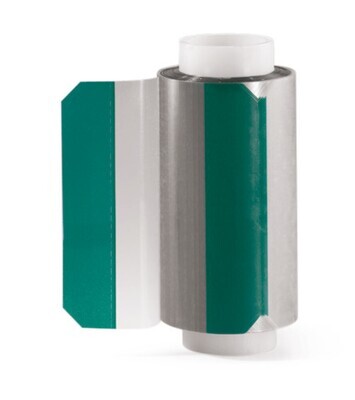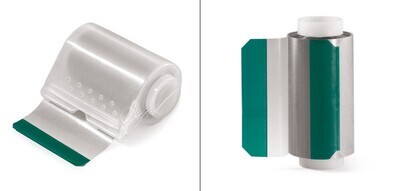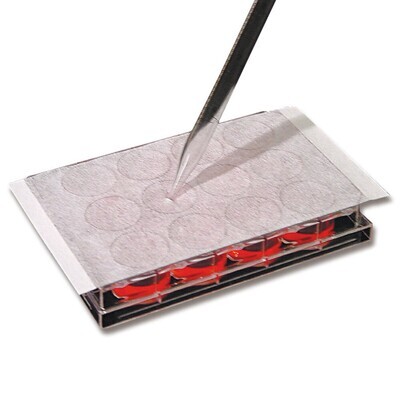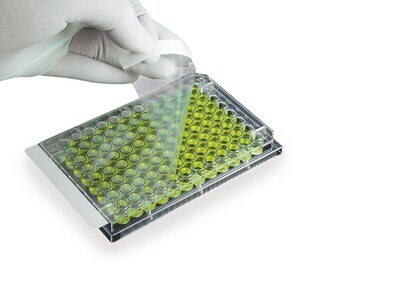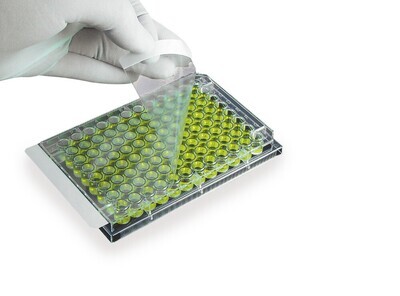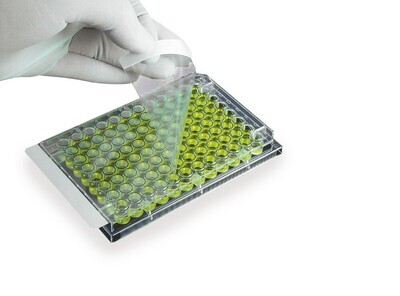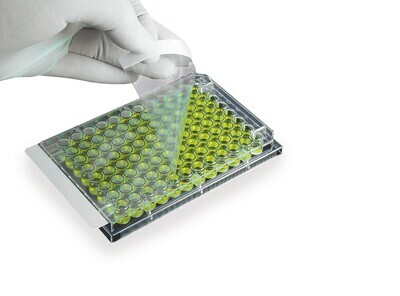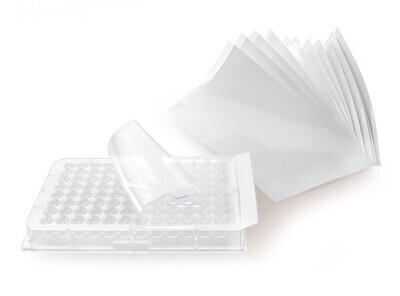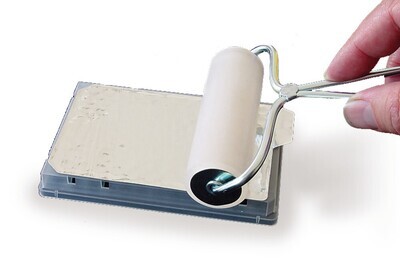Verzending 24–48 u • Levering in de hele EU • Veilige chemieverpakking
Closure foils for microtiter plates and cell culture plates
Sealing films for microtiter plates and cell culture plates are essential tools in laboratories and research institutions. These films provide a reliable and hygienic seal for the plates, keeping the contents protected against external influences such as contamination and evaporation. The sealing films are specially designed to fit perfectly on microtiter plates and cell culture plates, making them easy and quick to apply. They are made of high-quality material that is resistant to chemicals and temperature fluctuations, making them suitable for a wide range of applications. One of the main benefits of sealing films is that they provide an airtight seal, keeping the plates protected from evaporation. This is especially important in cell culture, where constant humidity is essential for cell growth and survival. By using sealing films, researchers can ensure that the cell culture plates perform optimally and that the results are reliable. In addition, sealing films also provide protection against contamination. Microtiter plates and cell culture plates are often used for culturing and analyzing cells and biomolecules. It is critical that these plates remain free of external contaminants that could affect results. Sealing films form a barrier between the plate and the environment, which minimizes the risk of contamination. In addition, sealing films are easy to use and remove. They can be easily applied by simply placing the foil over the plate and pressing lightly. The foil adheres to the edges of the plate and stays firmly in place. When the film is no longer needed, it can be easily removed without leaving any residue. Sealing films are available in different sizes and shapes to ensure a perfect fit to the specific plates being used. They can also be printed with barcodes or other identifiers to improve traceability and simplify workflow. In short, sealing films for microtiter plates and cell culture plates are indispensable tools in laboratories and research institutions. They provide a reliable and hygienic seal, protect against evaporation and contamination, and are easy to use and remove. Sealing films allow researchers to conduct their experiments and analyzes with confidence and accuracy.
Refine by
Display prices in:EUR
